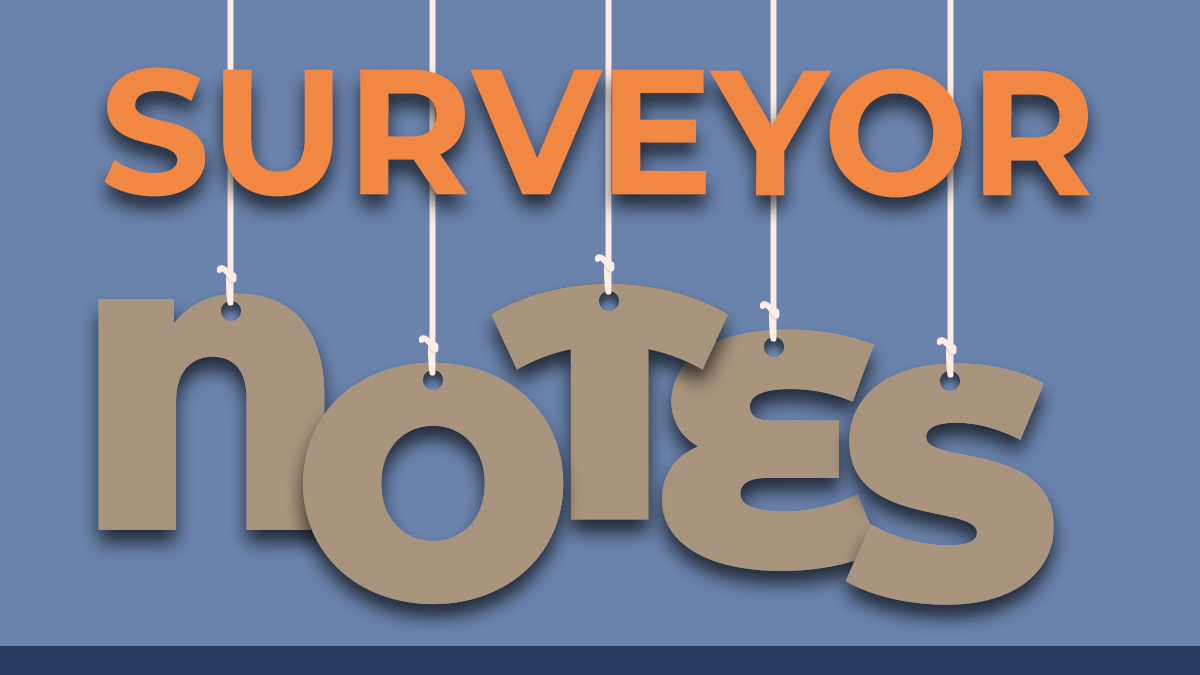
A Facility Manager’s Guide to Contingency Planning
Ted Markgren, CO, Senior Surveyor
As a surveyor, I see many “that will never happen to me” situations. Several years ago, an O&P facility suffered a catastrophic fire with damages more than $500,000. That same year, another facility suffered a loss of patient and financial records when a flood filled their basement storage area with water and mud. And most recently, a small facility in Pennsylvania had to close its doors for over a month after its sole prosthetist/orthotist contracted COVID and was hospitalized. Thankfully, he recovered, but the extended illness left his patients waiting for care or turning to another facility resulting in no revenue for that month. The lesson here? Disasters do happen and unfortunately you aren’t immune to them.
So how do you prepare for the worst? By creating a contingency plan. The Medicare Quality Standards require that you have a written contingency plan to address your ability to provide care or services in the event of a disaster. Most often we think of natural disasters such as floods, tornadoes or hurricanes. But disasters can also occur because of power outages, equipment failure, fires, and now, as we’ve learned over the past two years, we can add global pandemic to the list! None of us ever imagined COVID-19 would hit so hard, but here we are. That’s why contingency plans are so crucial.
ABC includes the Medicare contingency requirements in FS.3.3: There is a disaster preparedness program designed to manage the consequences of natural disasters or other events that threaten the business’s structural integrity, infrastructure and/or ability to service its patients. This standard is all encompassing – it not only includes the physical facility but also the facility’s infrastructure, its ability to recover clinical and financial records, maintain continuity of care and deliver prescribed services under adverse conditions. While it is important that you have a contingency plan, it is equally important that you document your plan and communicate it with staff.
So, how do you prepare a contingency plan? Start with the most obvious. Think of events that might disrupt most businesses like a fire, a roof failure from heavy snow or rain or even a loss of computer files. Then, mix in scenarios based on what is most common for the area in which your business is located or the types of services you provide.
Now, what backups can you put in place? Perhaps you can strike an agreement with another local facility to use their fabrication facility until yours is restored; or you may have an agreement with a local central fabrication business to use their equipment after hours or to provide you with services. You might talk to your landlord to arrange for alternate clinic space in advance of a need. The likelihood is low that such arrangements will ever be needed, but it is better to have the plan in place than to scramble for solutions after a disaster. Your data can be protected by using one of the many online backup services. Most O&P software programs include this feature as part of their product offering. If you haven’t enrolled, it may be time to consider doing so.
Now that you know a little more about contingency planning, how does your contingency plan look? Does it need more documentation? Does it address the most likely disasters? Have you communicated it to your staff and patients? Now is a good time to review your facility’s plan and see how it shapes up!
For additional tips on including COVID-19 into your existing contingency plan, be sure to check out the CDC’s Natural Disasters, Severe Weather, and COVID-19 resources page.
Subscribe to ABC CredCast
 Listen on Apple Podcasts (opens in a new tab)
Listen on Apple Podcasts (opens in a new tab)
 Listen on Google Podcasts (opens in a new tab)
Listen on Google Podcasts (opens in a new tab)







